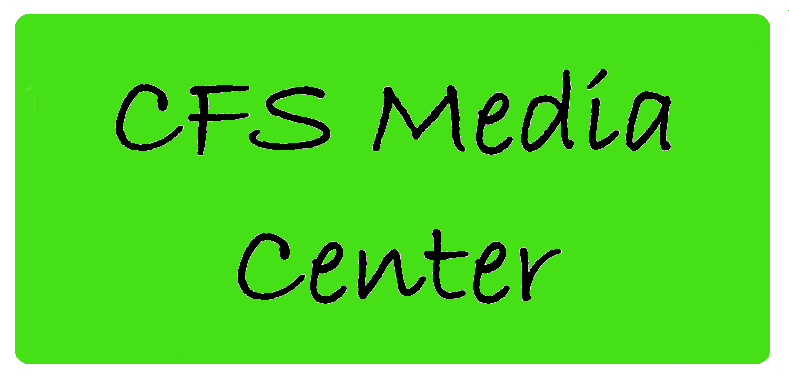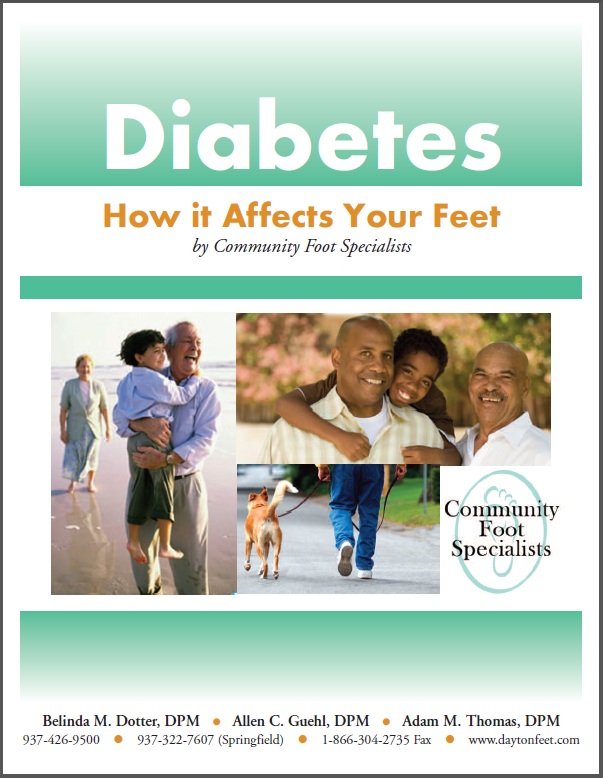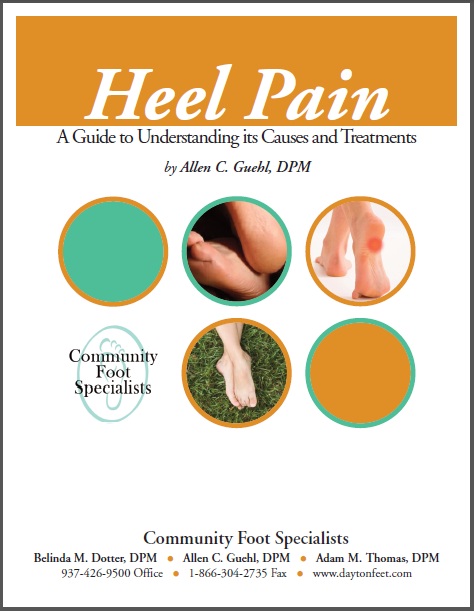Corns and Calluses
Areas of pressure and friction can cause thickened patches of skin, called corns and calluses. Although, both terms refer to thickened skin, they differ by their location. Corns are typically referred to as the lesions on the tops of the toes or between the toes where they rub each other. The thickened areas of skin are called calluses if they are on the bottom of the feet or the palms of your hands. Both corns and calluses form for the same reason, an non-ideal bone structure that causes repetitive friction and pressure. The thickened skin, corns and calluses, is simply your body's way to protect the underlying bone deformity.
Symptoms and Locations of Corns and Calluses:
- Pain ranging from sharp and shooting to dull and soreness depending on the location
- Calluses mostly found on metatarsal heads and on the inside of the big toe
- Corns usually found on the top of the toes and most commonly on the 5th toe
- If Friction is severe, open sores, or blisters, can form
Treatments for Corns and Calluses:
- If you have healthy feet and healthy circulation, you can soak your feet at home in warm soapy water to soften the calluses. You can then use a pumice stone or emery board to rub away the dead skin
- Continued moisturizer
- Padding can be applied next to the calloused areas, not directly on top of, in order to relieve the pressure
- Be Careful using over the counter callus removers as they typically contain acid and can cause more harm than good
- If calluses continue to occur, surgery to correct the underlying bone deformity could be considered by your podiatrist



















